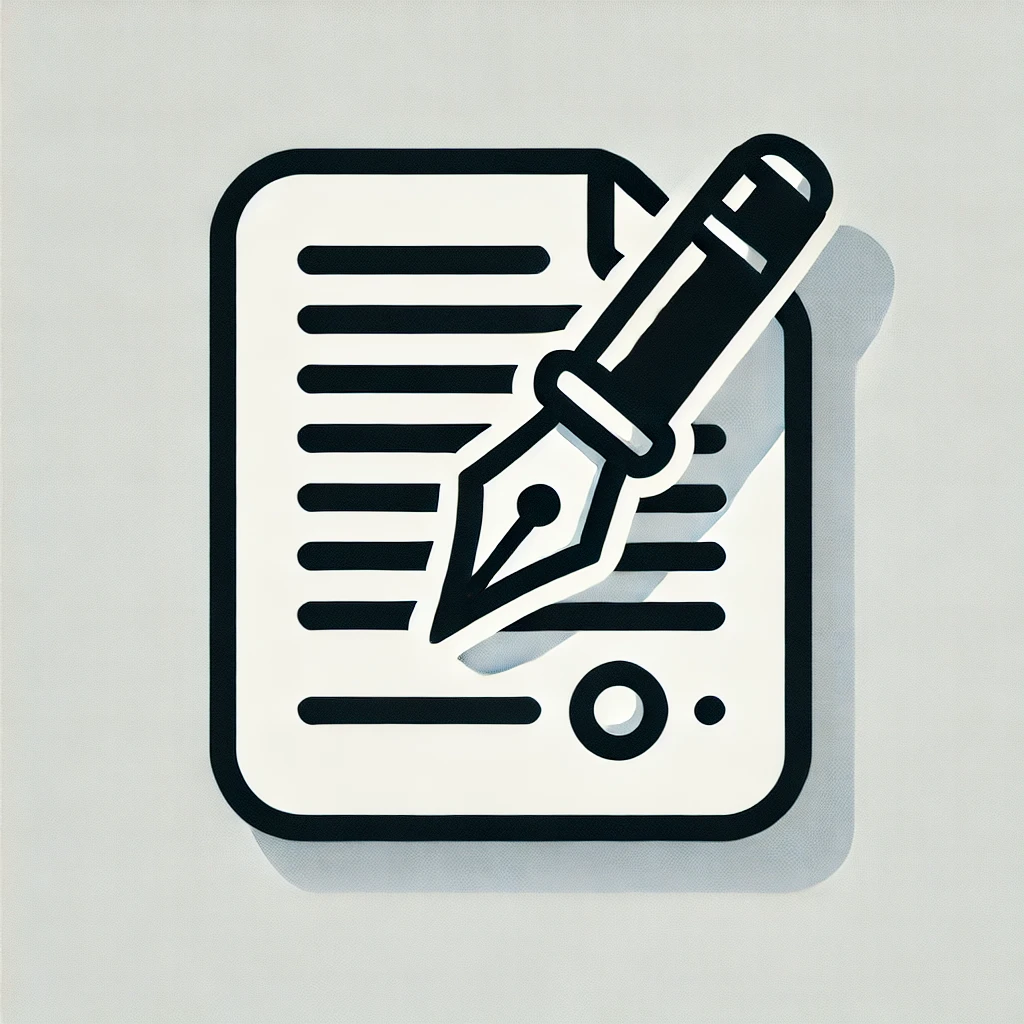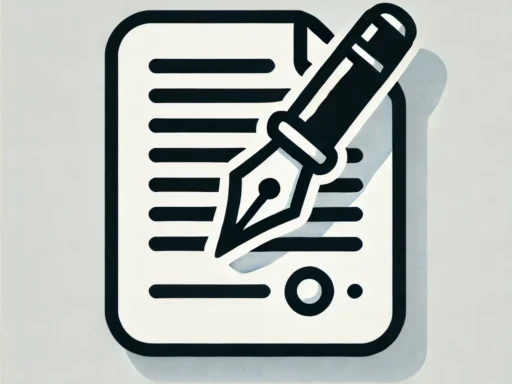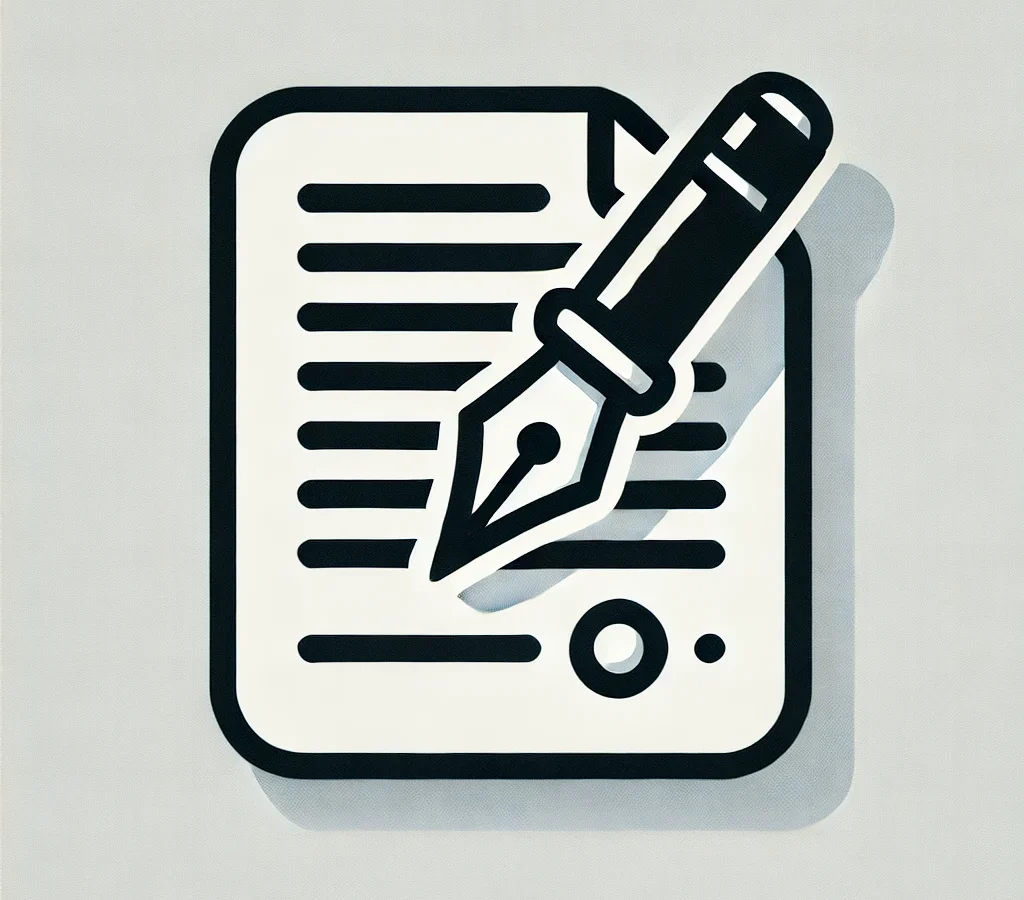Accuracy transcription is the hallmark of quality in transcription, regardless of the industry or content being transcribed. Ensuring that every transcript is precise and error-free requires a combination of best practices, attention to detail, and continuous improvement. This article outlines the essential strategies for maintaining high accuracy transcription standards in transcription work.

Key Best Practices for Maintaining Accuracy
To achieve accuracy transcription, certain best practices must be followed. These practices not only help in reducing errors but also ensure that transcripts are consistent and meet client expectations.
1. Active Listening and Focus
The foundation of accuracy transcription is active listening. Transcriptionists must focus entirely on the audio, avoiding distractions and ensuring that they capture every word correctly.
- Concentration: Work in a quiet environment to minimize distractions and enhance focus.
- Repetition: Replay difficult sections of the audio as needed to ensure that nothing is missed or misinterpreted.
2. Utilizing High-Quality Tools
The tools and software used in accuracy transcription play a significant role in maintaining accuracy transcription. Choosing the right equipment and software can greatly enhance the accuracy transcription process.
- Transcription Software: Use reliable transcription software that offers features like variable playback speed, timestamps, and easy text formatting.
- Noise-Canceling Headphones: Invest in high-quality headphones that improve audio clarity and reduce background noise.
3. Improving Typing Speed and Accuracy
While speed is important in transcription, it should never come at the cost of accuracy transcription. Transcriptionists should strive to type quickly while maintaining precision.
- Practice Regularly: Engage in typing exercises to improve both speed and accuracy.
- Focus on Accuracy First: Prioritize accuracy when typing, and gradually increase speed as you become more confident.
4. Understanding Industry Terminology
Different industries have specific terminologies and jargon that must be accurately transcribed. Transcriptionists should familiarize themselves with the relevant terms to avoid mistakes.
- Industry-Specific Training: Invest time in learning the terminology used in the industries you transcribe for, whether it’s legal, medical, or technical transcription.
- Terminology Databases: Use databases or glossaries to ensure the correct usage of terms in transcripts.
5. Implementing a Robust Quality Control Process
Quality control is essential for catching and correcting errors before delivering the final transcript. A thorough review process ensures that the transcript meets the highest standards of accuracy transcription.
- Multiple Reviews: Conduct at least two rounds of proofreading to catch any errors or inconsistencies.
- Peer Review: If possible, have another transcriptionist review the transcript for a fresh perspective and to catch errors that might have been overlooked.
6. Continuous Learning and Skill Development
The transcription industry is constantly evolving, and staying updated on the latest techniques and tools is crucial for maintaining accuracy.
- Ongoing Training: Participate in workshops, webinars, and courses to keep your skills sharp and learn new transcription techniques.
- Feedback Implementation: Regularly seek feedback from clients and colleagues and use it to improve your accuracy and overall performance.
Achieve Unmatched Accuracy with BlueNotary’s Professional Services
Maintaining high accuracy transcription standards requires dedication, the right tools, and a commitment to continuous improvement. By following these best practices—active listening, utilizing high-quality tools, improving typing speed, understanding industry terminology, implementing robust quality control, and engaging in continuous learning—transcriptionists can consistently deliver precise and error-free transcripts. Accuracy transcription is not just a goal; it’s a commitment to excellence in every transcript.
In transcription, accuracy is everything. At BlueNotary, we understand the importance of precision and offer online notarization services that ensure your transcripts are legally recognized and protected. Elevate your transcription work with the reliability and trust that BlueNotary provides. Join BlueNotary today and take your accuracy standards to the next level!
Frequently Asked Questions About Maintaining Accuracy in Transcription
Q1. Why is active listening important in transcription?
Active listening is crucial for accurately capturing every word and nuance in the audio, reducing the likelihood of errors and omissions in the transcript.
- How do transcription tools enhance accuracy?
High-quality transcription tools, such as reliable software and noise-canceling headphones, help improve audio clarity and make it easier to transcribe accurately. - What role does industry terminology play in transcription accuracy?
Understanding and correctly using industry-specific terminology is essential for ensuring that transcripts are accurate and professionally presented. - How does quality control contribute to transcription accuracy?
Quality control processes, including multiple reviews and peer checks, help catch and correct errors, ensuring that the final transcript meets the highest accuracy standards.
5. Why is continuous learning important for transcriptionists?
The transcription industry evolves, and continuous learning helps transcriptionists stay updated on best practices, new tools, and techniques, enhancing their accuracy and overall performance.








